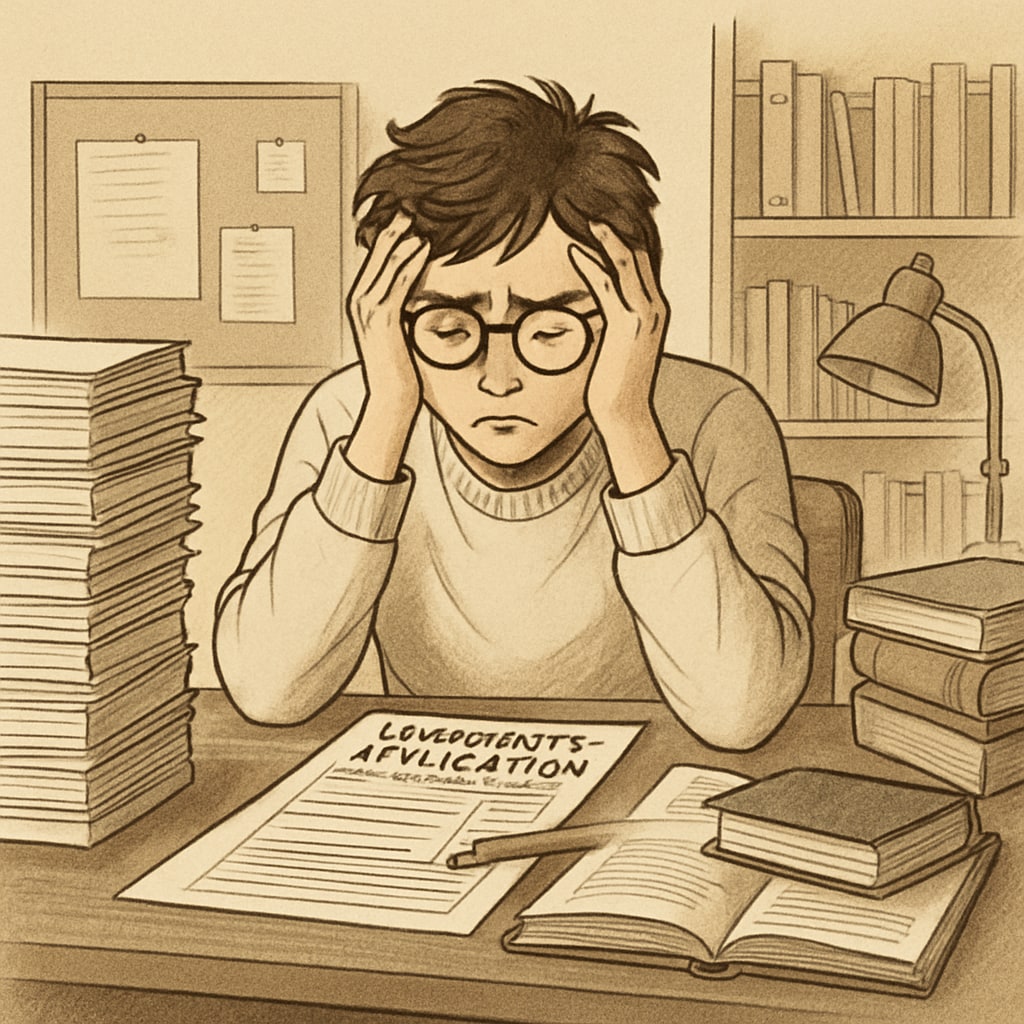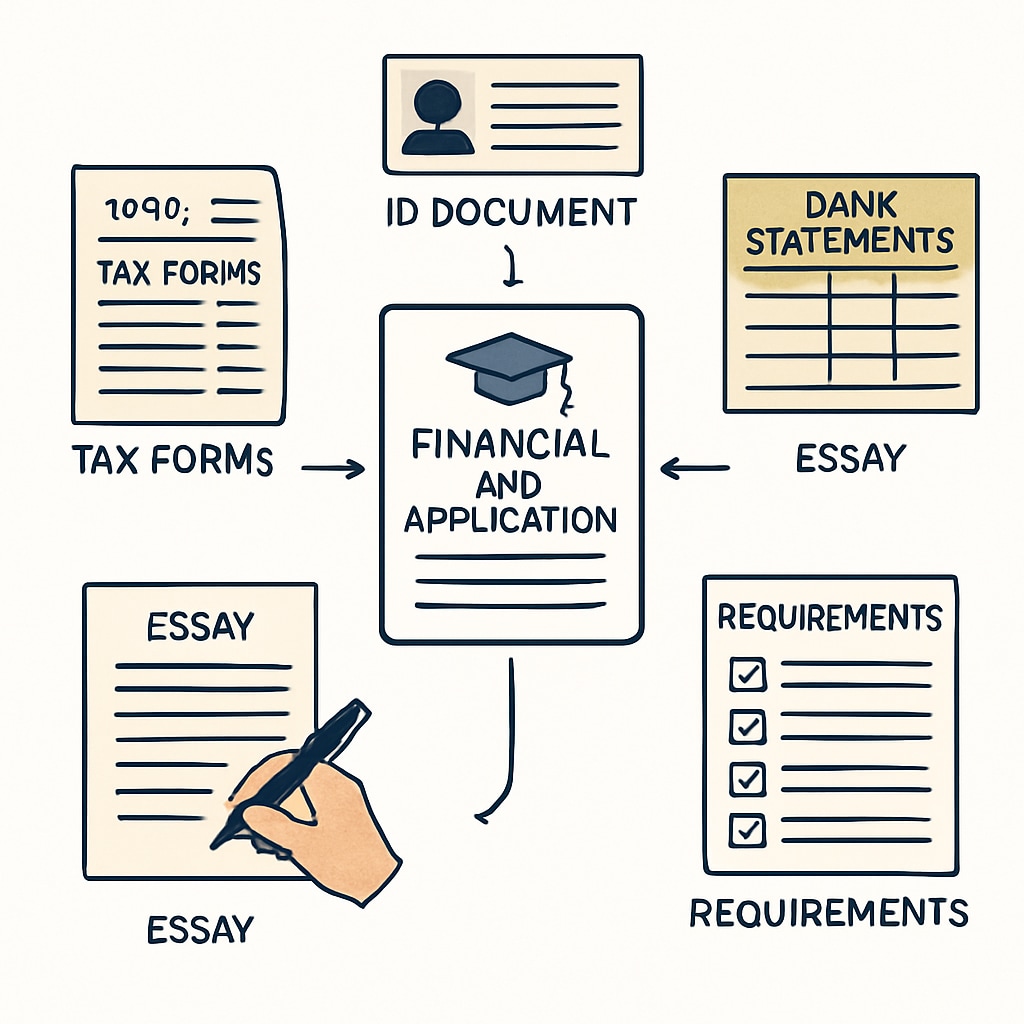The university application system has evolved into a maze of unnecessary complexity, creating substantial challenges for students, parents, and educators at the end of K-12 education. With its convoluted processes, lack of transparency, and the paradoxical role of standardized testing, this system unintentionally undermines the very purpose of education: empowering students to succeed. This article delves into the flaws of the university application system and examines its wider impacts on those navigating this daunting process.
The Overwhelming Complexity of University Applications
For many students, the university application process feels like an impossible puzzle. From countless forms to essay prompts requiring creative yet strategically tailored responses, the sheer volume of requirements is staggering. To add to the confusion, each institution has its own unique requirements and deadlines, forcing applicants to juggle multiple timelines and systems. This complexity disproportionately affects students who lack access to guidance resources, further amplifying inequality.

One of the most glaring issues is the Common Application, which, despite its name, is far from “common.” While it aims to streamline applications, most universities require supplemental essays and additional materials, defeating the purpose of simplification. As a result, students are left navigating a patchwork of submission portals, tracking requirements, and responding to prompts that often feel disconnected from their educational journey.
Transparency: A Missing Piece of the Puzzle
Another critical flaw of the university application system is its lack of transparency. Applicants often face confusion over how admissions decisions are made, as universities rarely disclose the specific weight assigned to grades, extracurricular activities, essays, or standardized test scores. This opacity fosters anxiety and leaves students second-guessing their efforts, unsure of what truly matters in their application.
Moreover, financial aid applications further compound the lack of transparency. The Free Application for Federal Student Aid (FAFSA) and the CSS Profile require extensive documentation, yet families frequently struggle to understand how their financial information influences aid decisions. This confusion often deters low-income families from applying to schools they might otherwise afford.

The Paradox of Standardized Testing
Standardized testing is another controversial aspect of university applications. While tests like the SAT and ACT were initially designed to provide an objective measure of student ability, their role has become increasingly paradoxical. Many universities have adopted “test-optional” policies, claiming to focus on holistic admissions. However, students often feel compelled to submit scores to remain competitive, especially at elite institutions.
Additionally, the reliance on standardized testing disproportionately impacts underserved communities. Affluent students can afford expensive test prep courses and tutors, giving them an advantage over peers with fewer resources. This perpetuates systemic inequities and undermines the fairness these tests were meant to ensure.
Impact on Students, Educators, and Families
The ripple effects of this flawed system extend far beyond students. Educators are tasked with writing detailed recommendation letters, which can be time-consuming and emotionally taxing, especially when supporting multiple applicants. Parents, meanwhile, often face financial and emotional strain, navigating financial aid applications and providing support during a stressful process.
For students, the university application process can lead to burnout, anxiety, and diminished confidence. The emphasis on “winning” at admissions forces students to prioritize application success over meaningful learning, shifting the focus of education from curiosity and growth to strategic self-marketing.
Reimagining the Future: Simplification and Equity
To address these issues, the university application system must undergo significant reform. Simplifying application requirements, standardizing deadlines, and increasing transparency are essential steps toward equity and accessibility. Institutions should prioritize holistic admissions practices that genuinely value diverse achievements and experiences, rather than relying on rigid metrics.
Furthermore, eliminating standardized testing or providing free, accessible test prep resources could reduce inequities and allow all students an equal chance to showcase their abilities. By addressing these flaws, the university application maze can transform into a fair and navigable pathway, fostering opportunities for students from all backgrounds.
In conclusion, while the university application system aims to connect students with higher education opportunities, its current design creates unnecessary barriers for many. By simplifying processes, enhancing transparency, and addressing inequities, we can ensure that the end of K-12 education is not a misguided endgame but a meaningful stepping stone toward future success.


